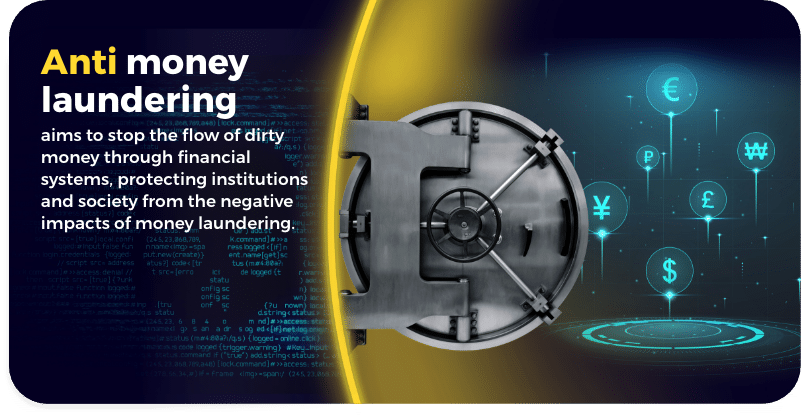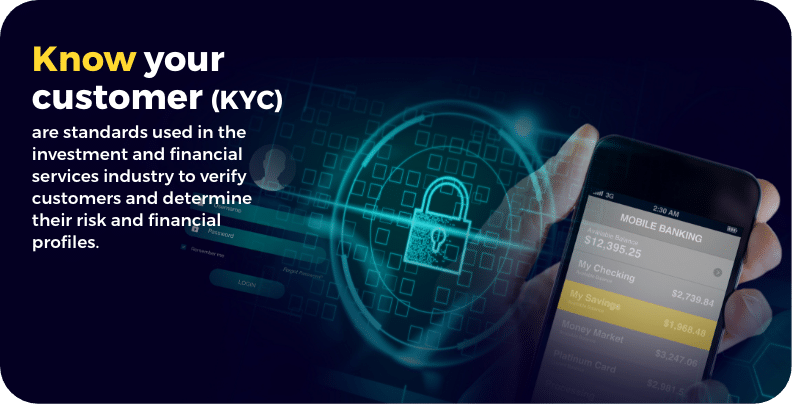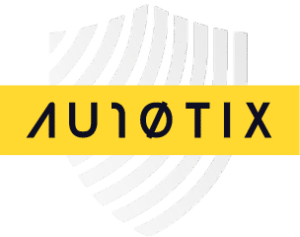Anti-Money Laundering (AML) refers to a set of laws, regulations, and procedures aimed at preventing criminals from disguising illegally obtained funds as legitimate income. The purpose of AML is to combat money laundering and financing terrorism by ensuring financial institutions and other regulated entities implement measures to detect and report suspicious activities.

What is Anti-Money Laundering (AML)?
Anti-Money Laundering (AML) is a framework of legal and regulatory controls designed to prevent money laundering. Money laundering is the process of converting illegal proceeds into a legitimate form. This can involve a complex sequence of banking transfers or commercial transactions that obscure the origin of funds obtained through criminal activity. AML laws and regulations help identify and mitigate the risks associated with money laundering.
History of Anti-Money Laundering (AML)
The history of AML regulations dates back to the early 20th century, with significant developments in the 1980s and 1990s. The Financial Action Task Force (FATF) was established in 1989 to develop international standards for AML. Key milestones include the USA PATRIOT Act in 2001 and the introduction of the European Union’s Anti-Money Laundering Directives.
Key Components of AML
- Customer Due Diligence (CDD): Financial institutions must verify the identity of their clients and assess their potential risk for money laundering or terrorist financing activities.
- Suspicious Activity Reporting (SAR): Institutions are required to report any suspicious activities that might indicate money laundering or fraud to the relevant authorities.
- Record Keeping: Financial entities must keep detailed records of transactions, including customer identification and transaction history, for a specified period.
- Compliance Programs: Institutions must develop and implement AML compliance programs, including employee training and internal controls to ensure adherence to AML regulations.
- Sanctions Screening: Checking transactions against lists of known or suspected terrorists, criminals, and sanctioned entities.
How Does AML Work?
AML works through a combination of regulatory measures, compliance programs, and cooperation among financial institutions and regulatory bodies. The process generally involves the following steps:
- Identification and Verification: Financial institutions must verify the identity of their clients using reliable and independent sources of information.
- Monitoring Transactions: Continuous monitoring of transactions to identify patterns that might indicate illegal activities.
- Reporting: Reporting suspicious activities to financial intelligence units (FIUs) or other relevant authorities.
- Risk Assessment: Regularly assessing the risk of money laundering associated with different types of clients and transactions.
- Compliance Audits: Conducting internal and external audits to ensure compliance with AML regulations and policies.

The Importance of AML Compliance
AML compliance is crucial for maintaining the integrity of financial systems. It helps prevent criminal activities such as money laundering, terrorism financing, and fraud. Non-compliance can result in severe penalties, including hefty fines, loss of business licenses, and reputational damage.
Common Techniques of Money Laundering
Criminals use various methods to launder money, including:
- Structuring: Breaking large sums of money into smaller, less suspicious amounts.
- Smurfing: Using multiple individuals to deposit small amounts of money.
- Trade-Based Money Laundering: Manipulating trade transactions to obscure the origin of funds.
- Shell Companies: Using businesses with no real operations to disguise money transfers.
Role of Technology in AML
Modern technologies such as artificial intelligence (AI), machine learning (ML), and blockchain are enhancing AML efforts. AI and ML can analyze large datasets to detect unusual patterns, while blockchain provides transparency and traceability in transactions.

Challenges in Implementing AML
Implementing effective AML measures can be challenging due to:
- Regulatory Differences: Varying AML regulations across countries require institutions to stay updated and compliant with multiple frameworks.
- High Compliance Costs: Maintaining robust AML programs can be costly, involving investments in technology, training, and personnel.
- Evolving Tactics: Money launderers continually develop new methods to evade detection, necessitating constant updates to AML strategies.
- Data Management: Efficiently managing and analyzing large volumes of transaction data to identify suspicious activities is complex.
- Continuous Training: Employees need regular training to stay informed about the latest AML regulations and detection techniques.
To overcome these challenges, leveraging advanced technology is crucial. The AU10TIX IDV suite offers a comprehensive solution to address all aspects of AML compliance. By using cutting-edge AI and machine learning technologies, AU10TIX helps financial institutions streamline their AML processes, ensure compliance with global regulations, and effectively detect and prevent money laundering activities.
Case Studies of AML in Action
Real-world examples illustrate the importance of AML. For instance, the failure of a major bank to comply with AML regulations led to significant fines and legal actions. Conversely, successful AML programs have helped authorities dismantle criminal networks.
Future of AML Regulations
The future of AML regulations will likely involve stricter standards and more advanced technologies. Global cooperation will be essential to combat increasingly sophisticated money laundering schemes. Anticipated changes include more robust international standards and enhanced regulatory requirements.
AML in Different Countries
AML regulations differ across countries, with each nation implementing its own framework based on international guidelines. Here are some examples:
- United States: The Bank Secrecy Act (BSA) and the USA PATRIOT Act are the primary AML regulations. For more information, visit the United States Department of the Treasury.
- European Union: The 5th Anti-Money Laundering Directive (5AMLD) sets the standards for AML compliance. Detailed information can be found on the European Commission AML Information page.
- United Kingdom: The Proceeds of Crime Act (POCA) and the Money Laundering Regulations 2017 guide AML efforts.
- Australia: The Anti-Money Laundering and Counter-Terrorism Financing Act 2006 (AML/CTF Act) is the key regulation. For more details, refer to the Australian Transaction Reports and Analysis Centre (AUSTRAC).
Recommended Further Reading and Resources
For more detailed information on AML regulations and compliance, you can refer to the following official resources:
- Financial Action Task Force (FATF)
- United States Department of the Treasury
- European Commission AML Information
Conclusion
Anti-Money Laundering (AML) is essential in safeguarding the financial system against illegal activities. Understanding what AML is and how it works is crucial for financial institutions to comply with regulations and protect their operations from criminal exploitation. Implementing robust AML measures can be challenging, but leveraging advanced solutions like the AU10TIX IDV suite can help institutions overcome these challenges effectively. By integrating cutting-edge technologies, AU10TIX provides comprehensive tools to detect and prevent money laundering, ensuring compliance and enhancing the integrity and security of the global financial system.






